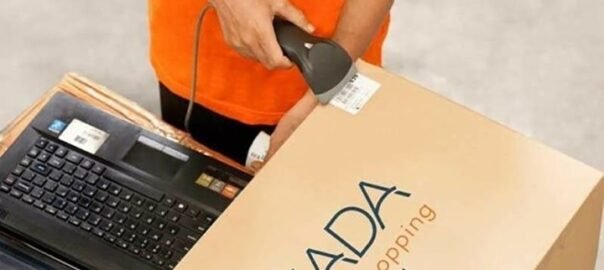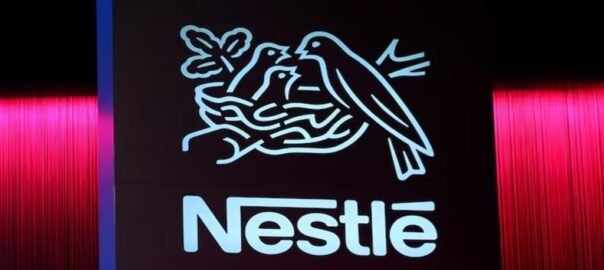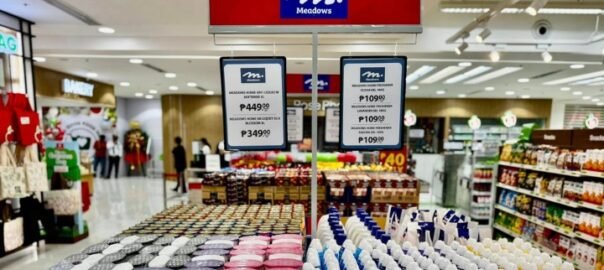In today’s hyper-connected world, people are constantly glued to their phones—scrolling, texting, talking, searching, and sharing. Whether they’re walking down the street, browsing in a mall, or waiting in line at a café, their phones are always in hand. This constant digital presence is exactly what businesses are looking to capitalize on and this is where Proximity Marketing comes into play.
Proximity Marketing is a strategic approach employed by marketers to engage potential consumers based on their physical location, typically via mobile devices, using technologies such as Bluetooth beacons, Wi-Fi, GPS, QR codes, NFC (Near Field Communication), and geofencing.
According to RESEARCH AND MARKETS, the global market for proximity marketing was valued at US$115.4 billion in 2024 and is projected to reach US$ 502.9 billion by 2030, growing at a CAGR of 27.8% from 2024 to 2030.
The growth of proximity marketing is driven by its effectiveness in reaching consumers at the optimal time and location. This approach has resulted in improved customer engagement, increased sales, stronger brand loyalty, cost efficiency, personalized communication, and higher footfall.
According to Open PR, North America currently leads the global proximity market, fueled by advancements in technological infrastructure, high smartphone penetration and a strong retail sector. Businesses in North America are integrating proximity marketing into their marketing strategies to strengthen customer relationships and drive revenue growth.
The United States boasts a highly developed IoT ecosystem, which continues to drive the adoption of proximity marketing technologies.
In Europe, proximity marketing is also gaining momentum, particularly in key markets such as the U.K., Germany, and France. The region benefits from strong retail and tourism sectors, both of which are increasingly leveraging location-based marketing solutions to engage local consumers and international visitors. Steady adoption of technologies like NFC and BLE is further propelling market growth across the continent.
According to reports, the retail sector is the largest user of proximity marketing globally, followed by the travel and hospitality industries.
Some of the major retail and e-commerce companies using proximity marketing, include Careem, Grab, Amazon Go, Target, Macy’s, Nordstrom, CVS, Walmart and Neiman Marcus.
The proximity market is growing from strength to strength, driven in large by the extensive use of smartphones and mobile applications which allow businesses to reach customers in real time based on their location. Globally, with the rise in the number of smartphone users, businesses have a direct link to engage with customers through personalised offers and messages when they are most likely to make a purchase.
Another key factor driving growth is the rise of IOT devices, which facilitate the seamless integration of proximity marketing solutions across a range of environments. As these devices become increasingly common in retail stores, shopping malls, airports and public spaces, businesses can leverage proximity marketing technology to deliver personalised and experiences tailored to customers immediate environment and needs. This convergence of IoT and proximity marketing enables companies to boost customer satisfaction and foster deeper brand loyalty.
As proximity marketing gains traction worldwide, businesses are increasingly investing in location-based technologies, making it important to understand how proximity marketing works.
Proximity marketing uses technology to deliver permission- based push notifications- such as text, images or videos, via a mobile app when users enter a designated area. For Proximity marketing to work, it is important to have;
- To send and receive marketing messages or other information, location-based technology must be implemented in the area where the consumer is currently present.
- The targeted consumer must have a compatible mobile device with push notifications enabled and should have installed the relevant app, whether it’s your brand’s app or a general app for the entire building.
While Proximity Marketing helps businesses increase footfall, it also comes with its own set of challenges.
A major concern with proximity marketing is privacy—some customers may feel their privacy is being invaded, which can lead to resistance. Another challenge is the required investment in technology. Implementing proximity marketing often involves using tools like beacons, geofencing, and mobile apps, all of which can be costly. Additionally, reach can be a limitation. For mobile push notifications to work, customers must have your app installed and location services enabled, which is not always the case.
In conclusion, proximity marketing represents a powerful shift in how businesses engage with consumers, leveraging real time location data to deliver highly targeted and personalised experiences. As smartphone usage continues to rise and IOT technologies become more widespread, proximity marketing is poised to become an integral part of modern marketing strategies across industries, from retail to travel and hospitality. While challenges such as privacy concerns and technological investment remain, the benefits in terms of customer engagement, brand loyalty, and sales growth make it a compelling approach. Businesses that embrace and adapt to this evolving technology stand to gain a competitive edge in an increasingly connected and customer-centric world.










